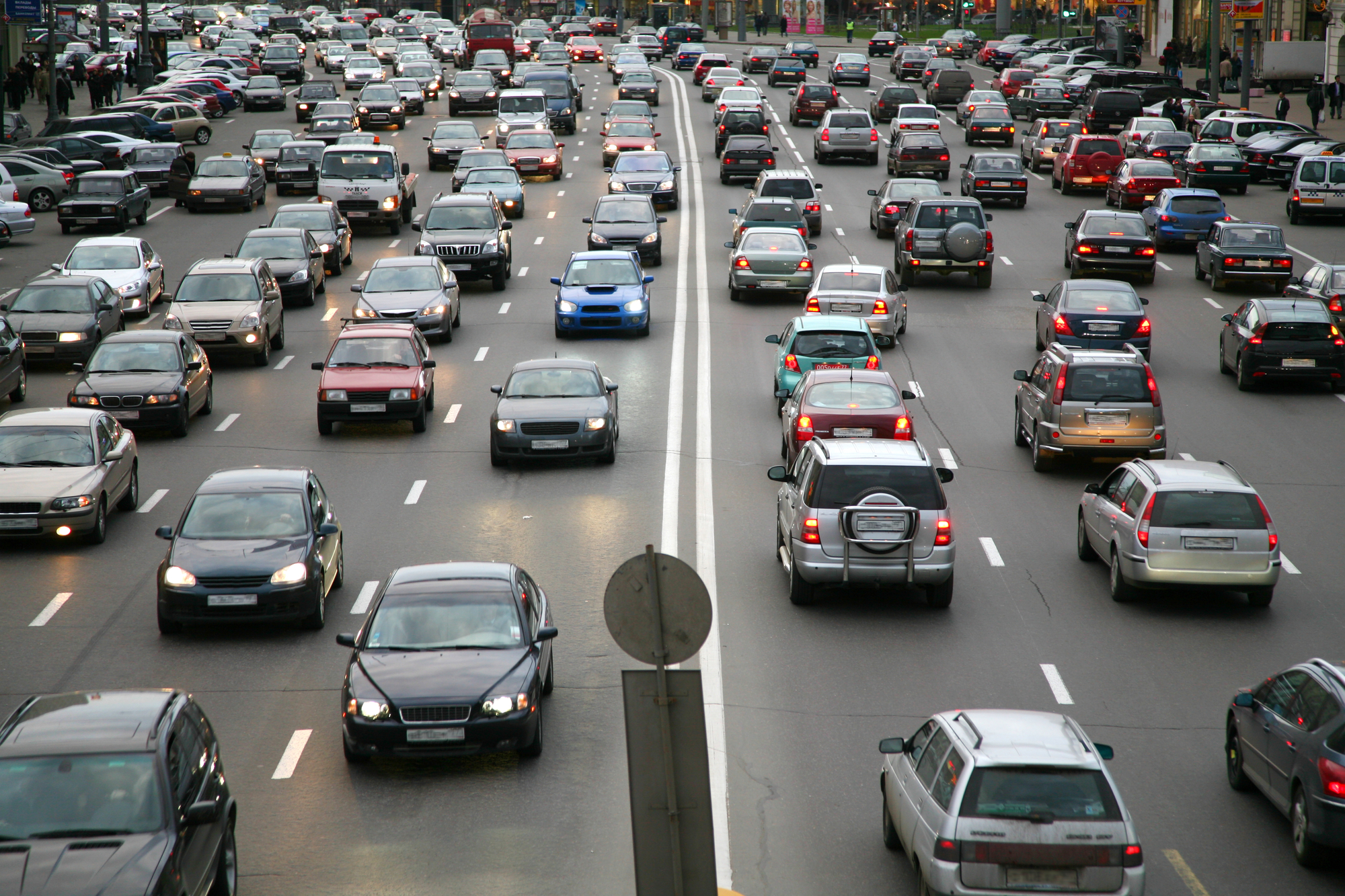

Have you ever avoided doing something that could prevent a dire outcome by downplaying the effects of those actions on that outcome—while bemoaning the inevitability of that outcome? That’s the case the Trump administration seems to make to justify freezing stricter fuel efficiency standards for cars that would reduce greenhouse gases and mitigate climate change. Even though climate change is driven by the greenhouse gases we put into the air when we burn fossil fuels, causing temperatures to rise dangerously by the end of this century, the administration says there’s no point in taking preventative measures because the benefits are too tiny.
But that would be a misleading conclusion, says Janet McCabe, former Acting Assistant Administrator for the Office of Air and Radiation at the Environmental Protection Agency under Obama and a professor at Indiana University.
Curbing greenhouse gases is a massive international effort that requires lowering fossil fuel consumption through many avenues, McCabe says. “There’s no one single thing that’s going to be the answer here.”
So while cars with better fuel efficiency are hardly a silver bullet, 28 percent of total U.S. total greenhouse gas emissions do come from the transportation sector, with 60 percent of those emissions from passenger cars and 23 percent from medium and heavy trucks. A typical passenger car emits approximately 4.6 metric tons of carbon dioxide each year, according to the EPA, though that figure depends on the car’s fuel type, mileage per gallon, and the number of miles driven per day. And mileage can be improved through innovations in technology spurred on by stricter fuel economy standards
Under the Obama administration, the National Highway Traffic Safety Administration, Environmental Protection Agency, automakers, and environmental groups agreed to set stepwise increases in fuel economy so that cars would average 54 miles per gallon by 2025, and therefore reduce gas consumption and subsequent greenhouse gas emissions.
Then the Trump administration took a different tack—pulling the U.S. out of the Paris Agreement, an international pact to combat climate change. The administration has since worked to advance energy developments at the expense of policies that would reduce climate-warming emissions from power plants, oil and gas facilities, and cars.
And though federal scientists agreed with international projections that climate change could cause average surface temperatures to rise by up to seven degrees Fahrenheit by the end of this century in their draft report, first reported by E&E News, the National Highway Traffic Safety Administration ultimately concluded in that same report that automakers shouldn’t be required to design more fuel-efficient cars. Their reason: climate impacts from forfeited improvements in fuel economy “would be small, would occur on a global scale, and would not disproportionately affect the United States.”
Given the vast amount of greenhouse gases that are emitted around the world, you would not expect any single climate policy, even major ones, to register on the global scale, McCabe says. “Comparing the impact of any individual policy to global climate impacts is just not an appropriate thing to do. The fact that an individual action can be measured to show any impact on a global metric—that in itself is an indication that the action is indeed meaningful and significant.”
But perhaps more troubling than the resulting policy is the implied justification: that climate change is inevitable, so why bother trying. While it’s true that climate change is happening now and will continue to be part of our future, scientists also say we can slow it down or even stabilize the climate through actions like reducing carbon dioxide emissions from cars. But time is of the essence. Already, recent research suggests that we’ve nearly lost our window of opportunity to keep global warming below the 2 degrees Celcius target of the Paris climate agreement. It’s more likely that global temperatures will increase 2 to 4.9 degrees Celsius (3.6 to 8.8 degrees Fahrenheit) by 2100.
A much hotter future would be devastating for the environment and public health, especially for people living in tropical and warm climates. Food production falls, fresh water dwindles, sea levels rise, coral reefs die, and deadly heat waves, wildfires, and hurricanes intensify as the planet warms. We can either do something to slow down our transition to this new reality—giving ourselves more time to adapt and survive—or help speed up a deadly process we’ve decided is inevitable.
